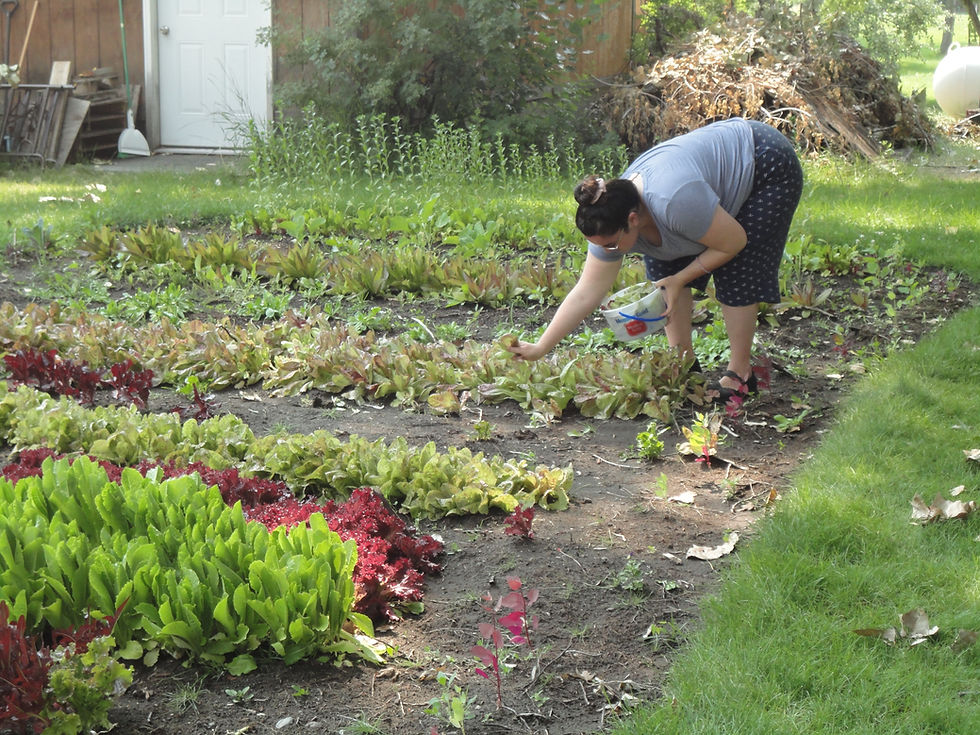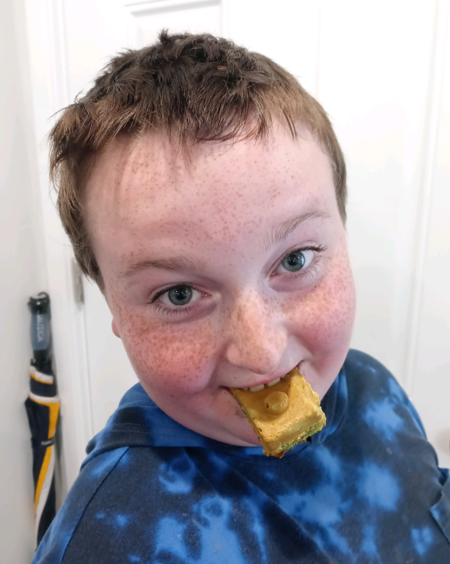A Dream of Wholesome Eating: Overcoming Food Sensory Issues
- tarasjoov
- Jul 7, 2022
- 3 min read
Updated: Nov 7, 2023

Do you ever catch yourself daydreaming about an idyllic future where your family happily gathers around the dinner table, indulging in a variety of organic, heritage fruits, and vegetables harvested from your own backyard garden? It's a beautiful vision, one that many parents aspire to before their children grow up and make their dietary choices independently. But sometimes, reality doesn't quite align with those dreams, especially when dealing with children who have food sensory issues or allergies.

In my case, the dream of a bountiful garden full of fresh produce was at odds with my family's unique dietary challenges. I have one child with gluten allergies and four others with varying degrees of Autism, ADHD, and sensory processing issues related to food. It was a journey marked by struggles, tears, compromises, and a fair bit of begging to get them to eat more than a mere handful of items.
Over the years, my garden gradually shifted its focus to what the kids could tolerate or, better yet, what could be cleverly hidden in a meal. One of my autistic children couldn't stand the smell of cooked cruciferous vegetables, reacting as though the aroma was akin to the scent of flatulence. Another child seemed content with a diet of ketchup-covered ham sandwiches and raw ramen noodles, making any attempt to introduce new foods akin to a hazardous adventure. Two of my children had taste buds so sensitive that they could detect vegetables at a molecular level – they could have a successful career as professional taste testers! I know I'm not alone in my struggles. Many parents face similar challenges with children who have food sensory issues. These are the kids who are known for their devotion to the "Five C's": cheerios, chicken nuggets, chips, chocolate, and cheese. The dream of crafting a diverse and nutritious menu is often just that – a dream. The struggle doesn't end with our children's food preferences. Heaven forbid that manufacturers change the packaging colors or tweak a single ingredient in the processed foods our children rely on. These discerning, picky eaters will notice even the most minuscule changes, leading to tears, rejection, and resistance.
Over time, though, with patience and persistence, things have improved as my children have grown older. We've also turned to Daily Essential Nutrients formula to alleviate many of the symptoms associated with Autism, ADHD, and sensory processing issues, leading to an expansion in the list of acceptable fruits and vegetables for most of my kids, except for the youngest, who still clings to his beloved ketchup ham sandwiches.
Recently, I found myself strolling through the supermarket, contemplating how to sneak some veggies and fruit into my youngest's diet. As a fan of kitchen gadgets and tools, I stumbled upon the latest waffle maker, which shaped waffles like Lego bricks. A creative idea began to take shape in my mind – waffles in different colors. Surely, my youngest wouldn't object to green, blue, or red Lego-shaped waffles. I blended fresh ingredients with the waffle mix to create these colorful delights.

For the red waffles, I mixed fresh raspberries, beet juice, and strawberries with the waffle mix. The blue waffles were made from blended blueberries, creating a smooth, pulp-free texture. The green waffles consisted of blended spinach, wheatgrass

juice powder, greens, and probiotic blend mixed with the waffle batter. The red and blue waffles had a delightful berry taste, while the green veggie waffles were virtually tasteless.
After an hour of blending, pouring, and experimenting, I excitedly presented my creation to the kids. The room filled with cheers and excitement, and I finally received the applause I had longed for. To my surprise, the youngest favored the healthier green veggie waffles over the berry-flavored ones. It was a small victory, but one that felt immensely rewarding. While my Lego-shaped waffles may not win any Pinterest awards for their beauty, I felt a newfound sense of competence and success. It's proof that even in the face of food sensory issues and dietary challenges, with determination and a touch of creativity, we can make small but significant strides in improving our children's nutrition.

So, to all the parents facing similar struggles, I say: never give up. With a bit of ingenuity and patience, you can help your children explore new flavors and build healthier eating habits, one Lego-shaped waffle at a time.
Commentaires